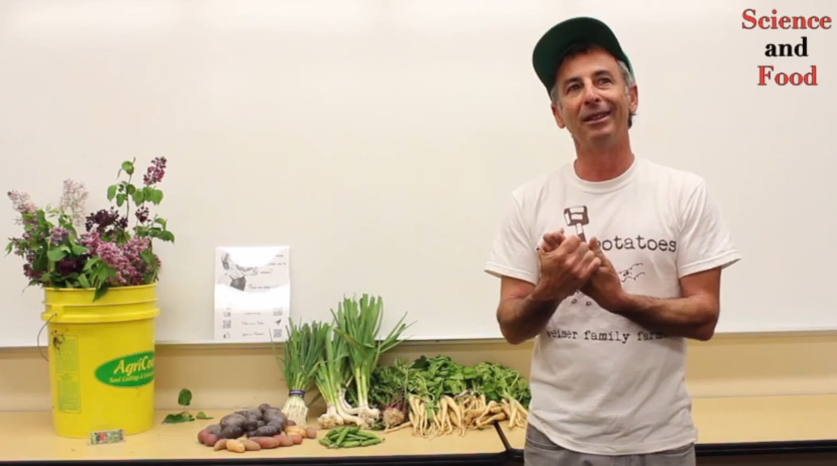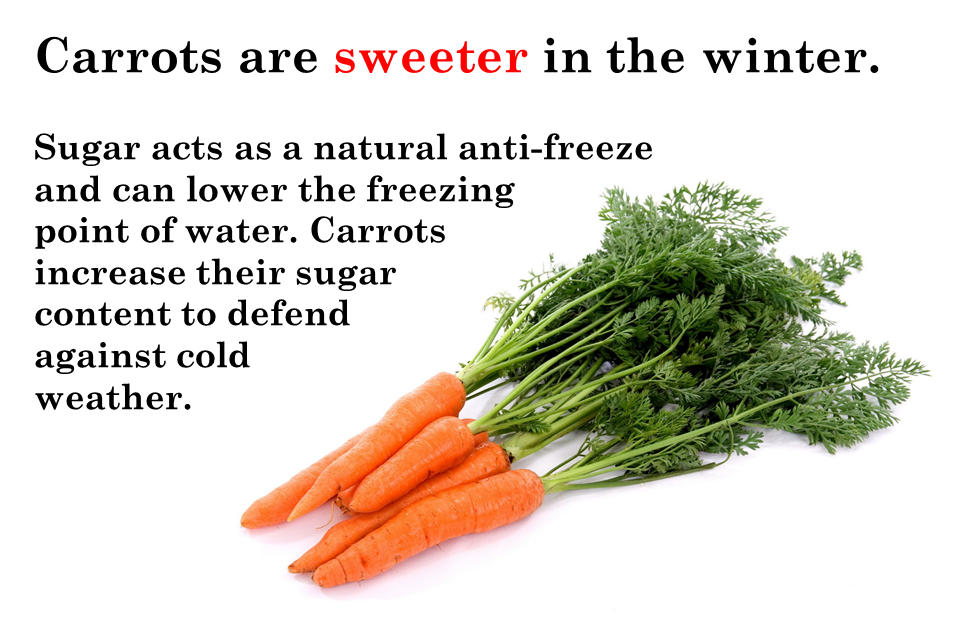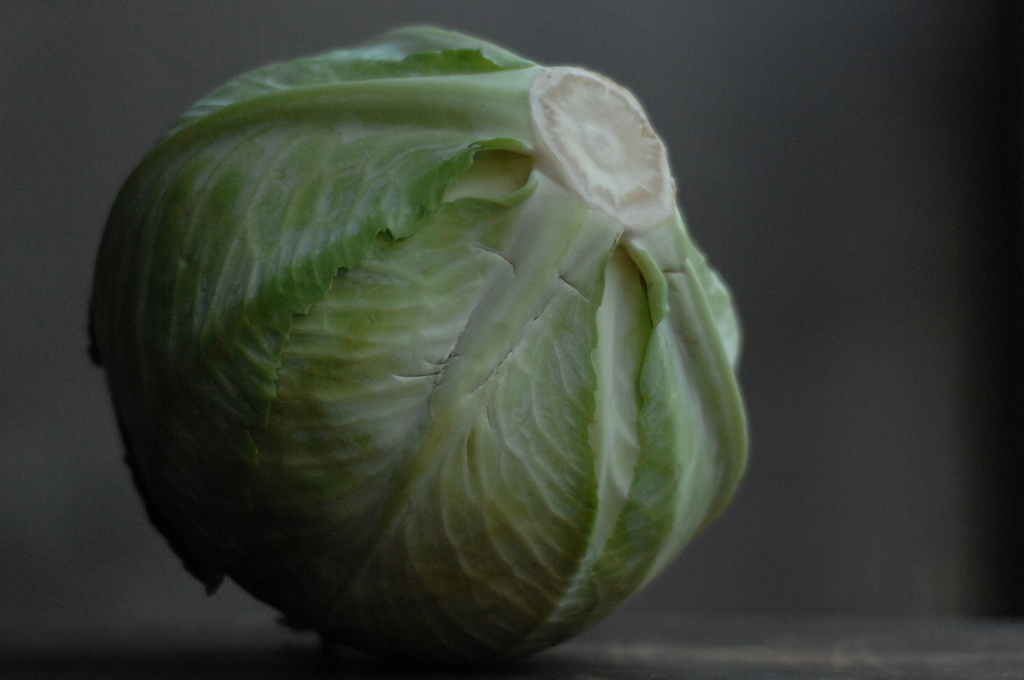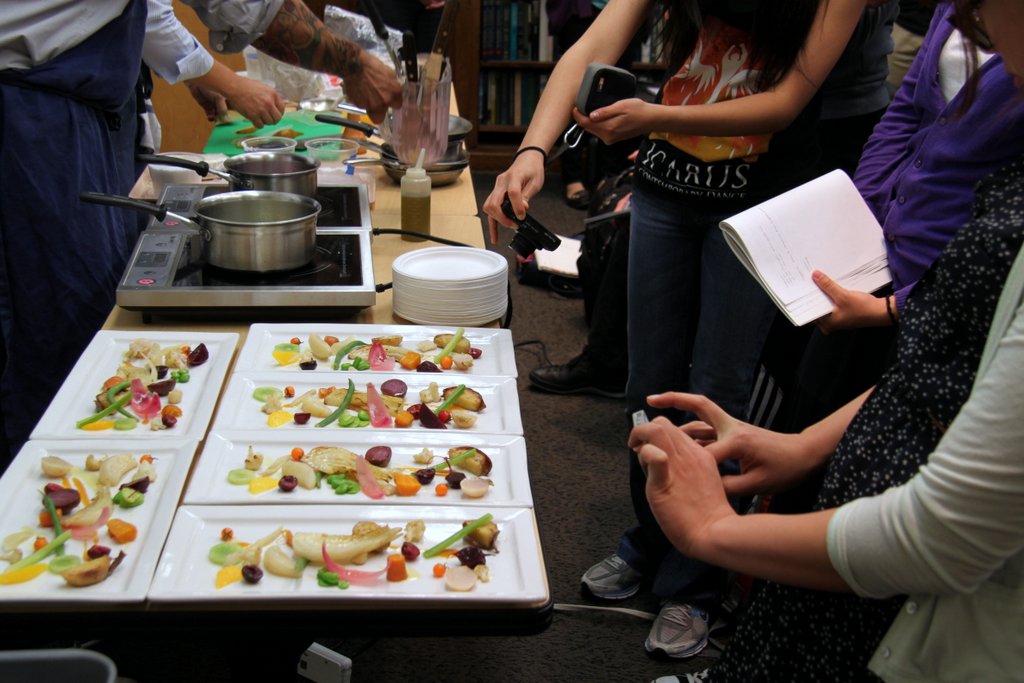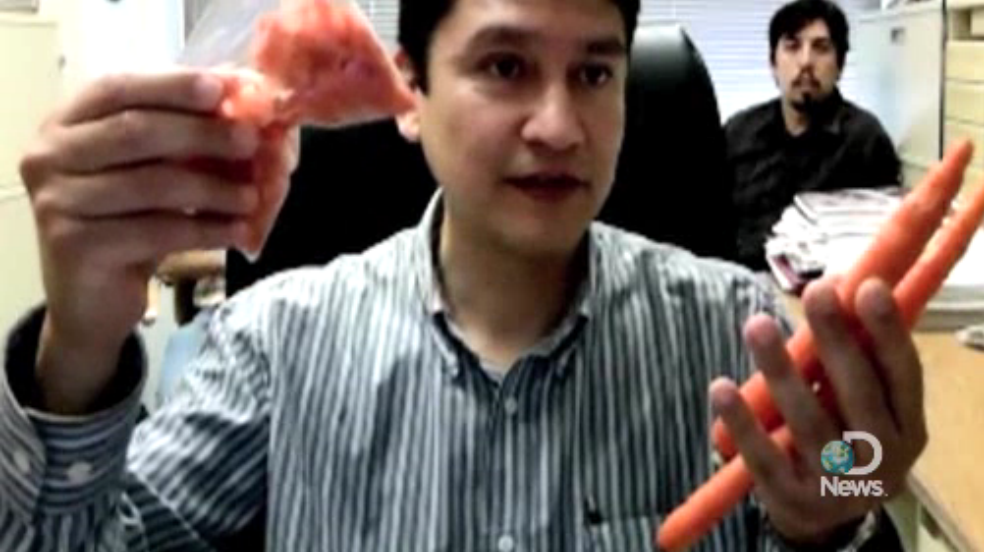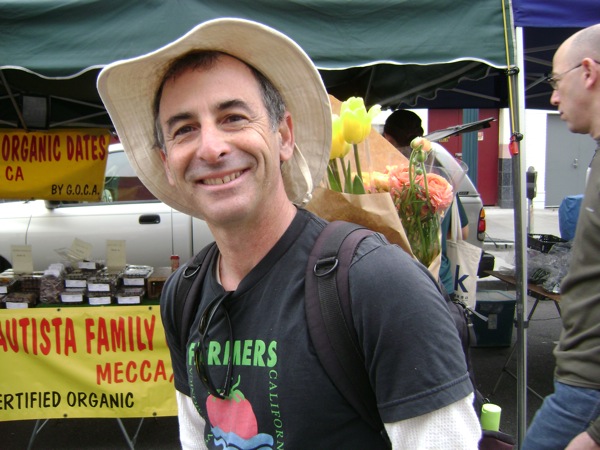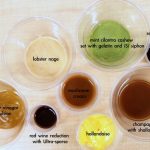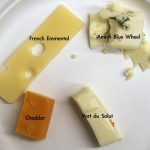How Bubble Wrap Explains Crisp and Mealy Apples
In our unit of pressure, we learned about the difference between a mealy and crisp fruit or vegetable. It turns out that bubble wrap is a good analogy.
We already know that water inside the vacuole of a plant cell and the cell wall work together to keep the cell firm and rigid. When cells are full of water, a force, such as your bite, will puncture the cells and break open individual cells. That is when you experience the release of juices that accompany biting down on a crisp apple. On the other hand, sometimes the network of polysaccharides between cells becomes weak, and when force is applied, the cells separate from each rather than are cleanly punctured through. This is when we encounter the classic mealy apple. With time, the polysaccharide “glue” that binds cells to each other begin to degrade. The cells also begin to lose water. This is why apples that have been stored incorrectly for long periods of time often turn mealy.
Take bubble wrap as an analogy. When the bubbles in bubble wrap are sealed and full of air, it is very easy to get that satisfying “Pop!” when you puncture the bubble. However, when the bubbles are not fully inflated or have already been punctured, then it is much harder to pierce another hole in the same bubble.


